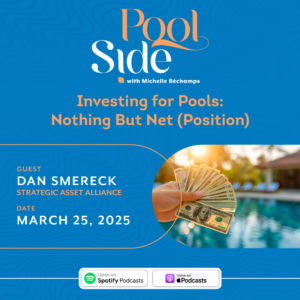News & Podcasts

PoolSide Podcast
PoolSide unpacks expert insights, transformative strategies, and captivating stories to connect and empower the public entity pooling community. Presented in partnership with...
Captive Insurance for Public Entity Pools – The Fundamentals
There’s a lot of interest in captives from the pooling sector. Several pools have set up their own captive or have joined an existing one. Some have done both. Others are...
